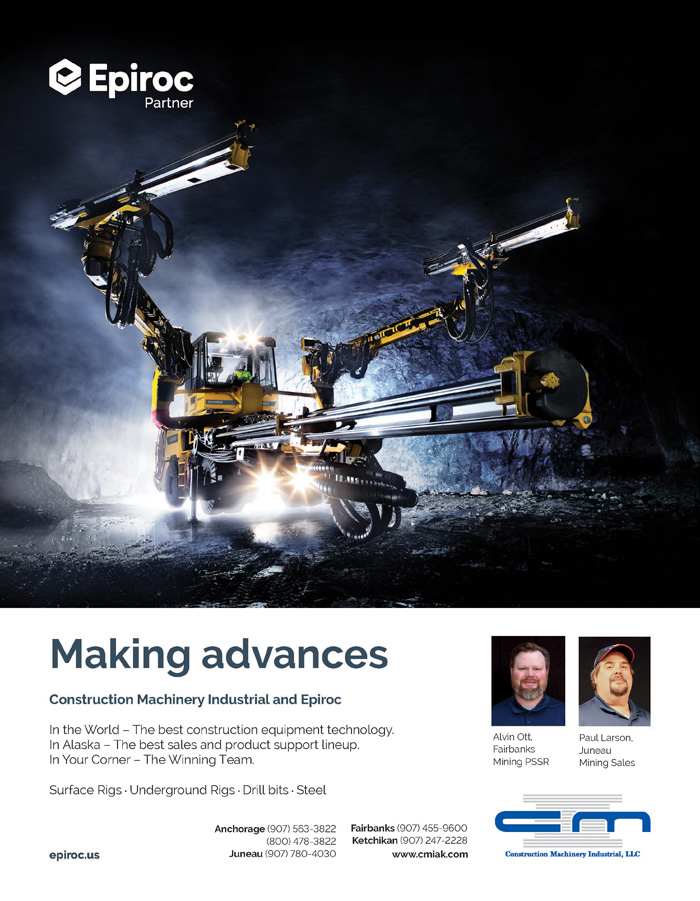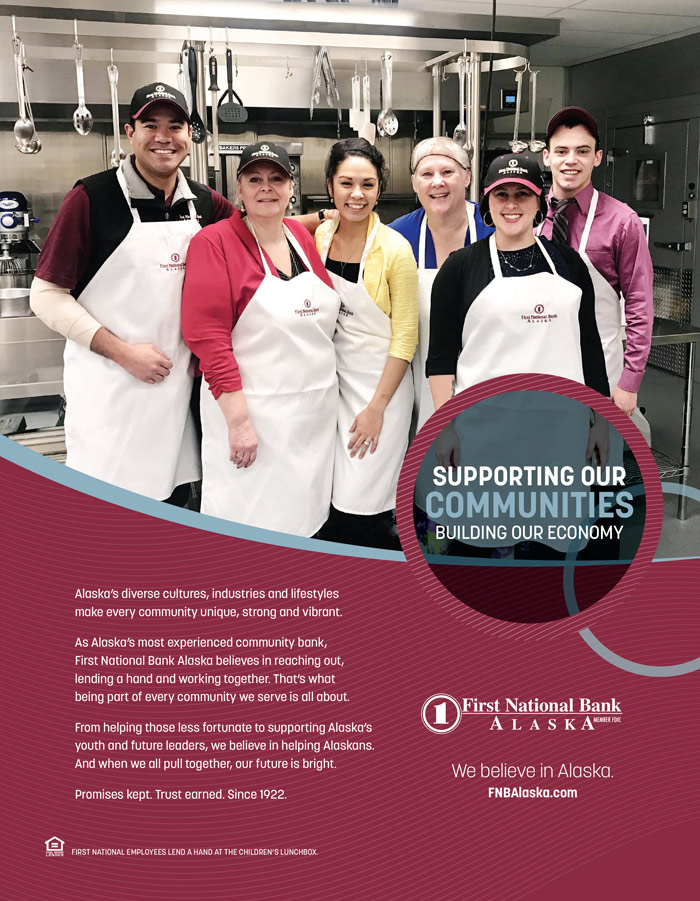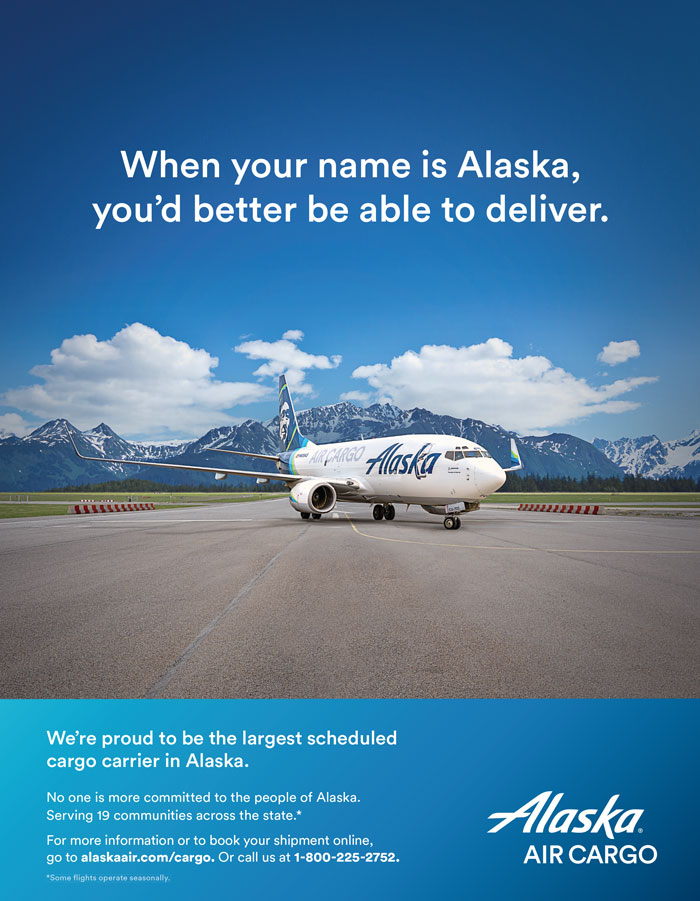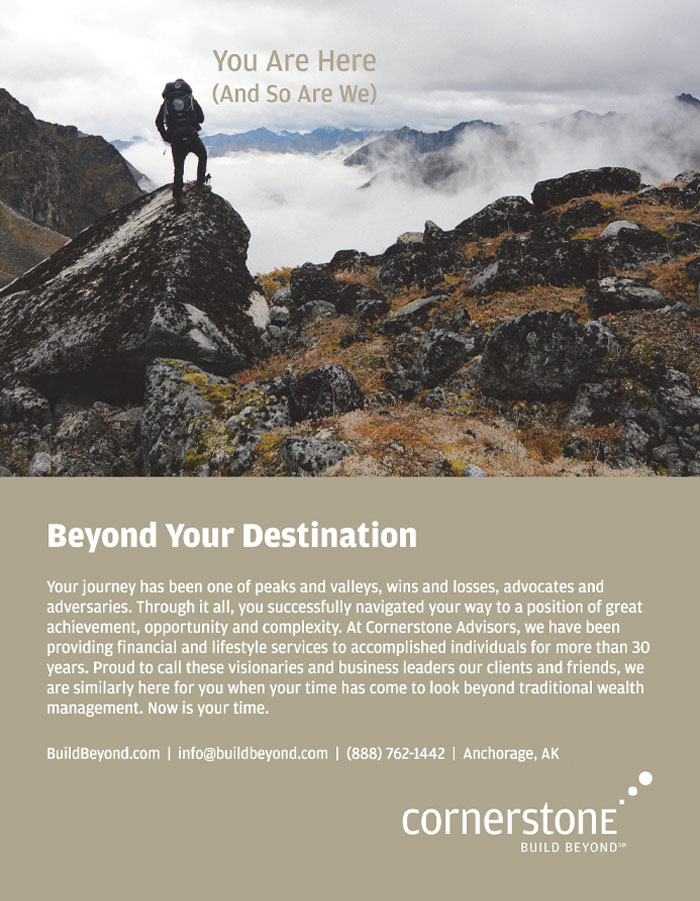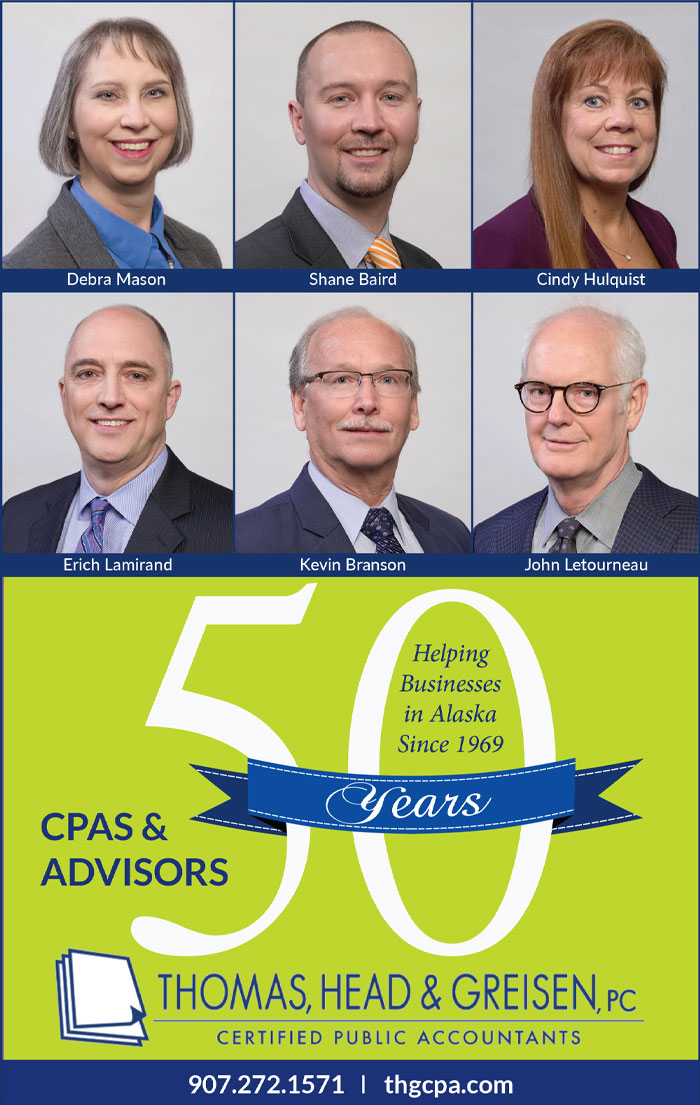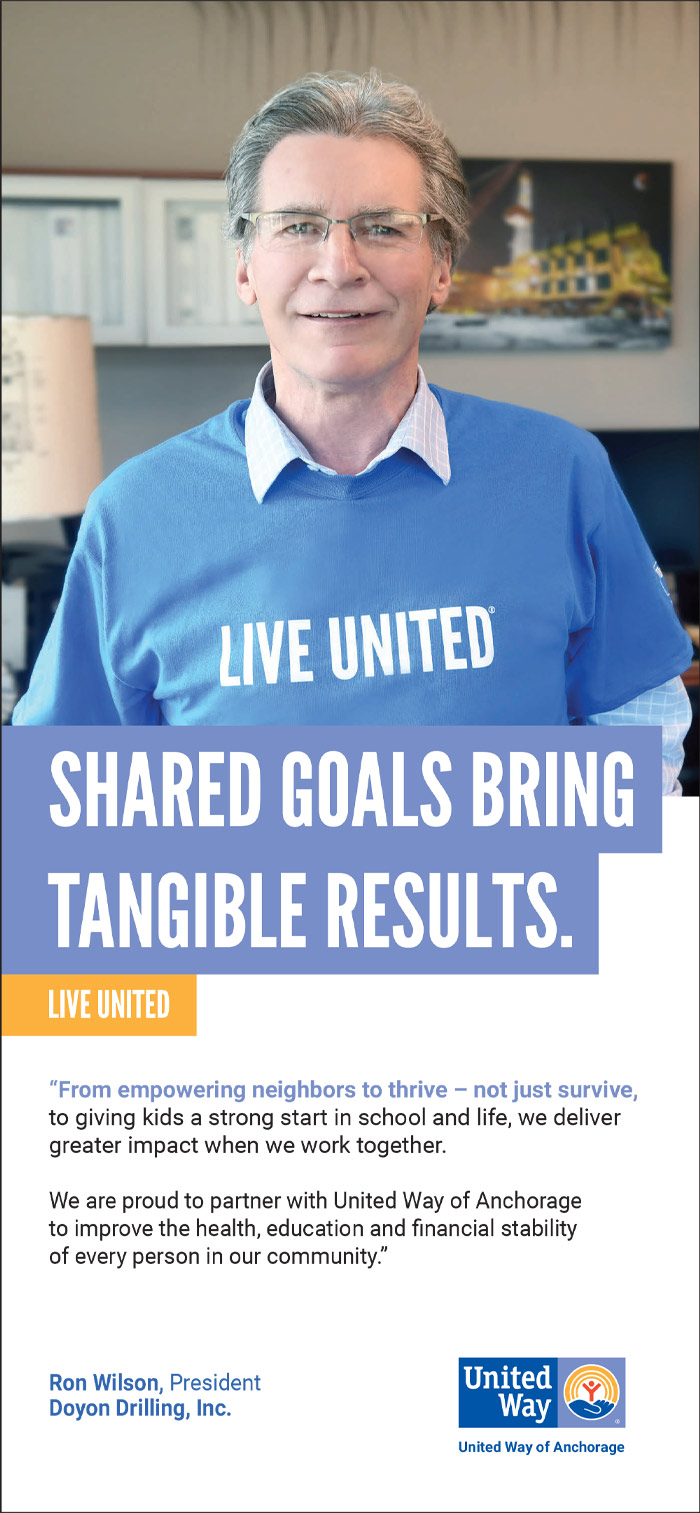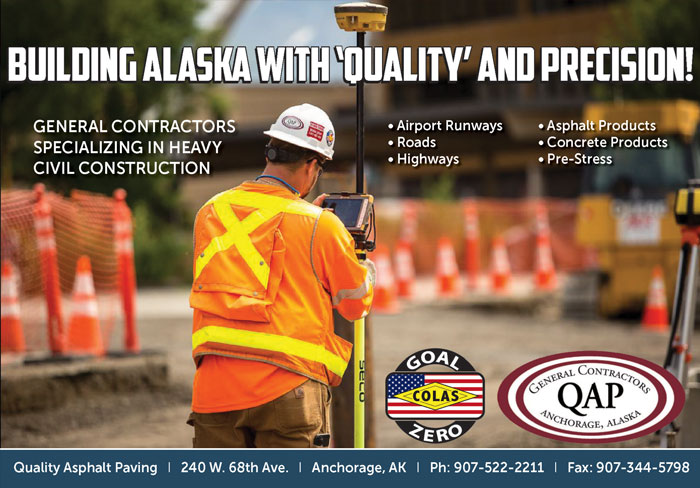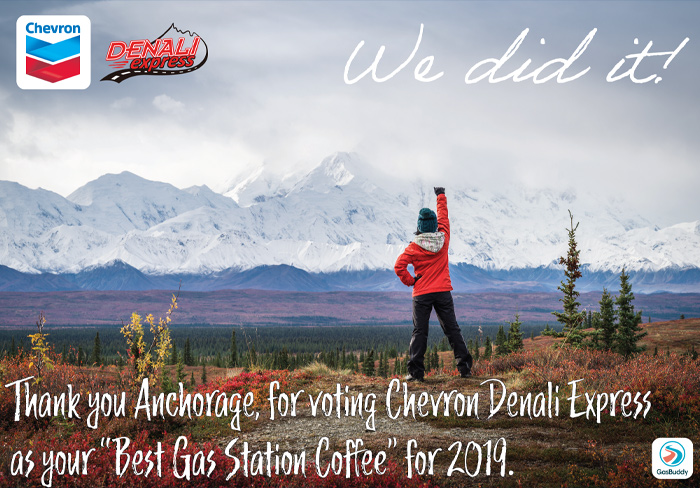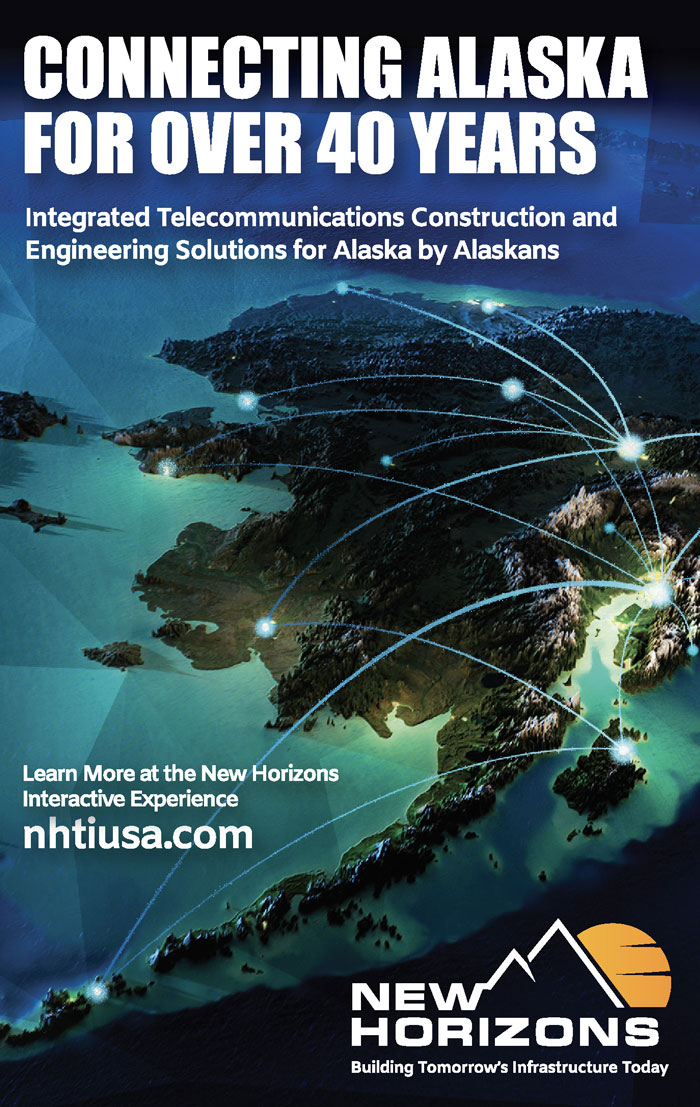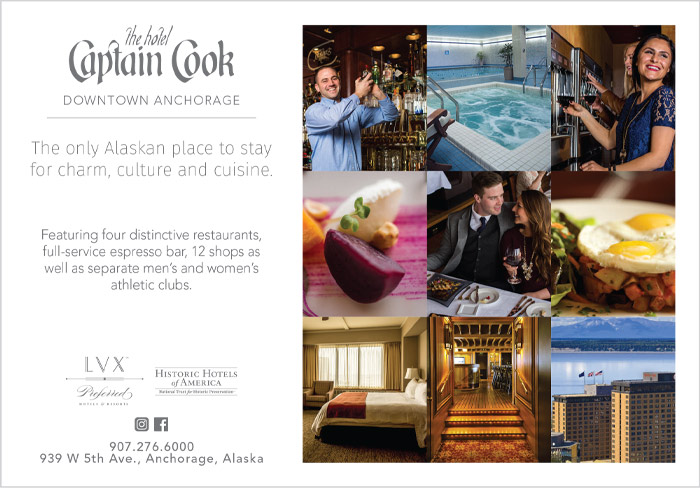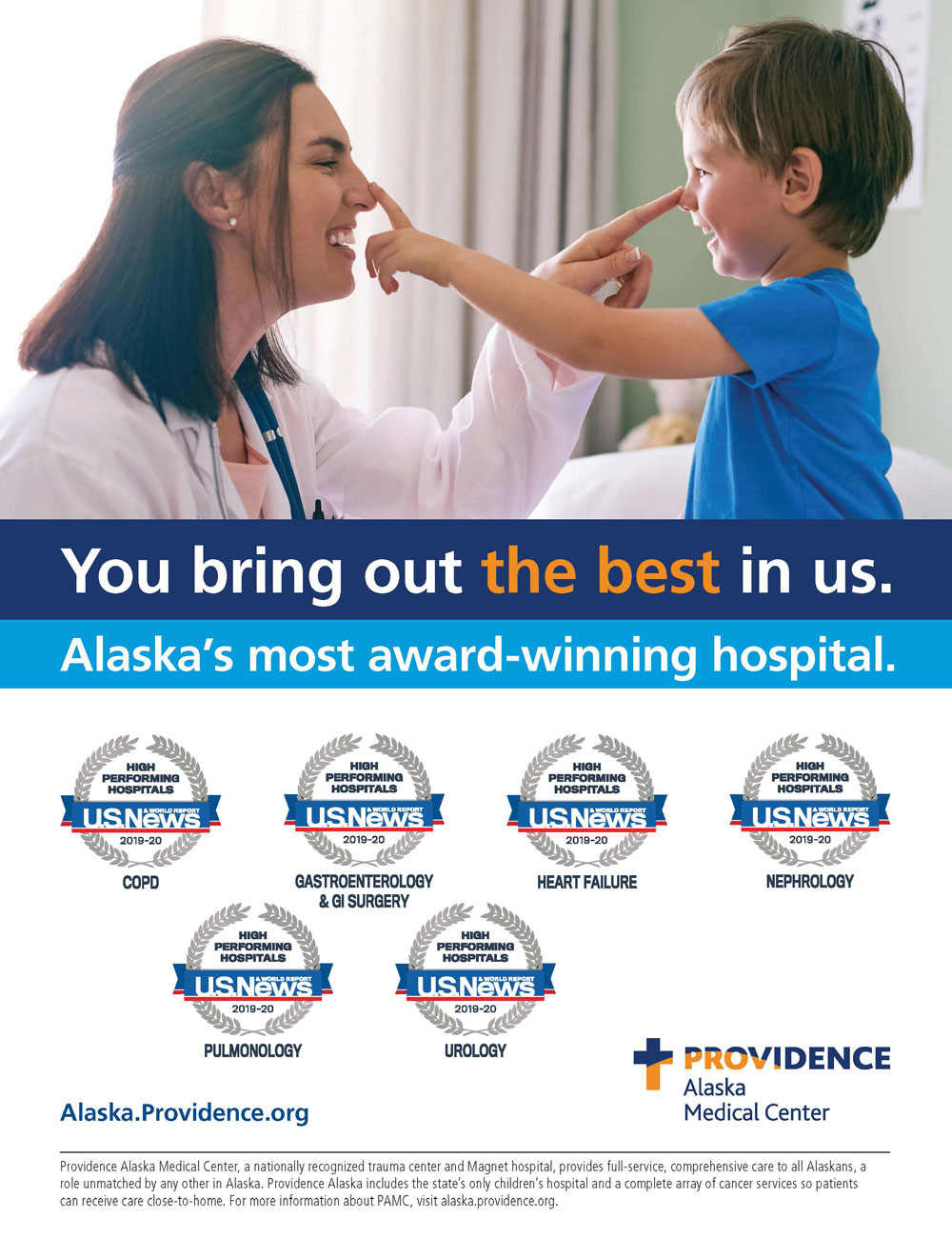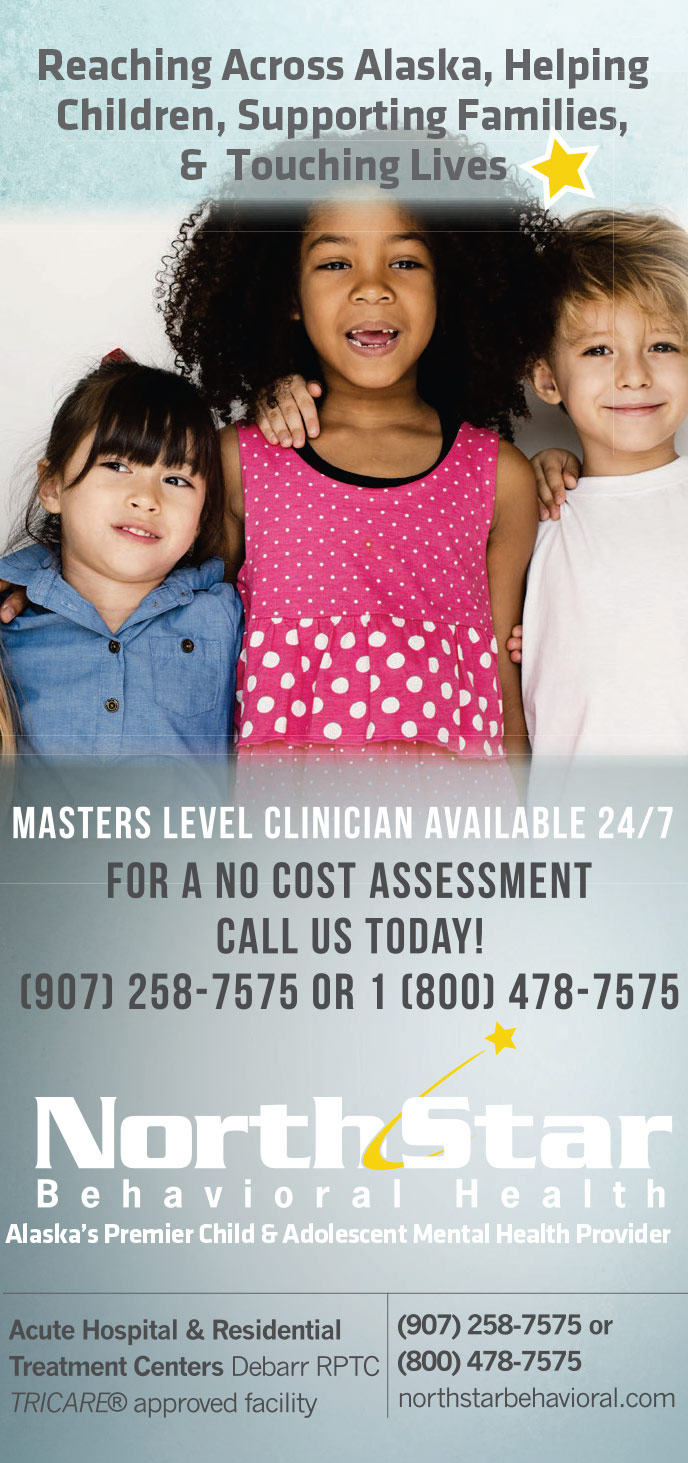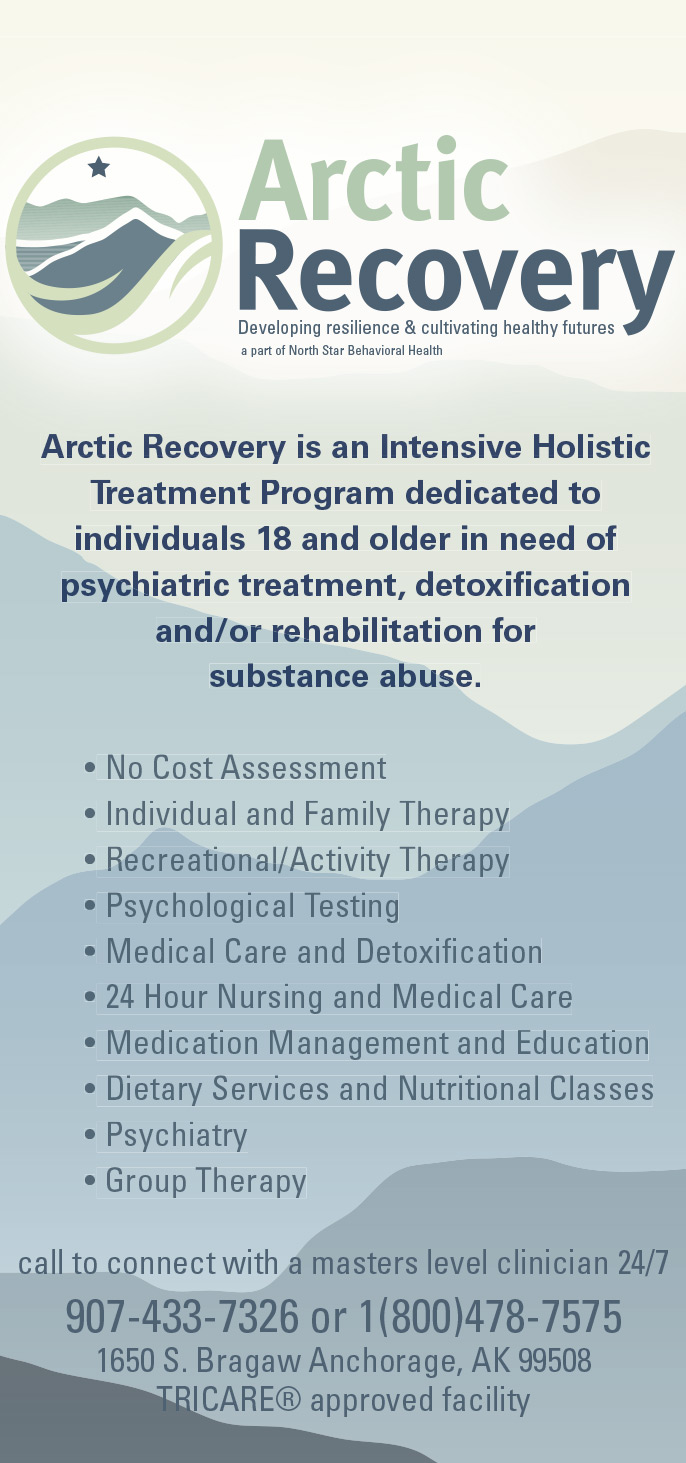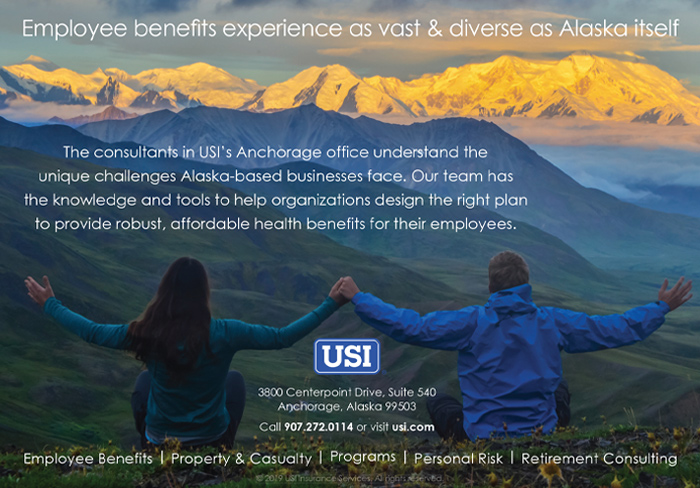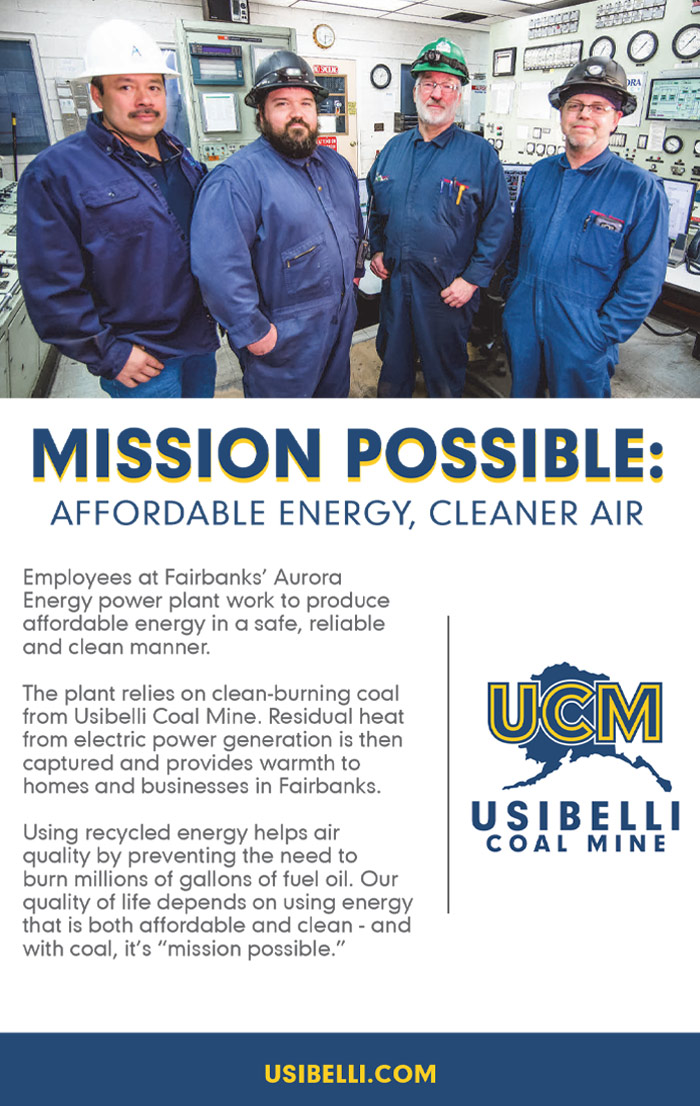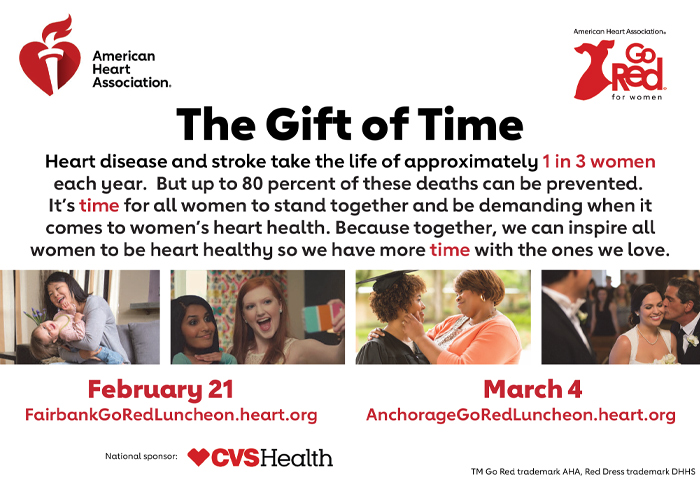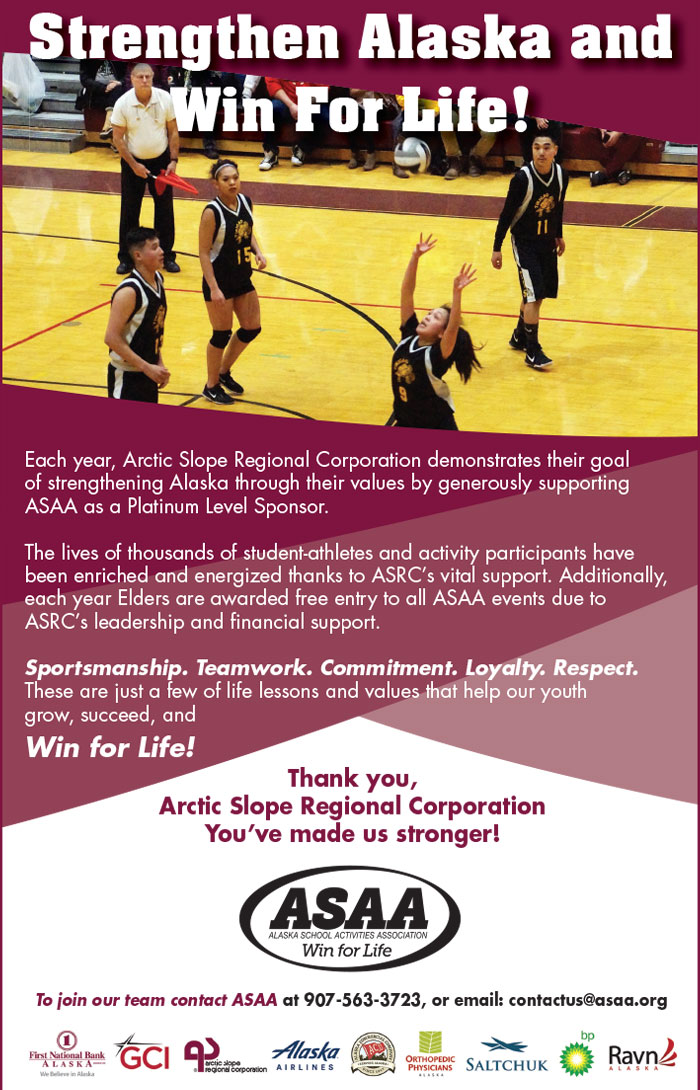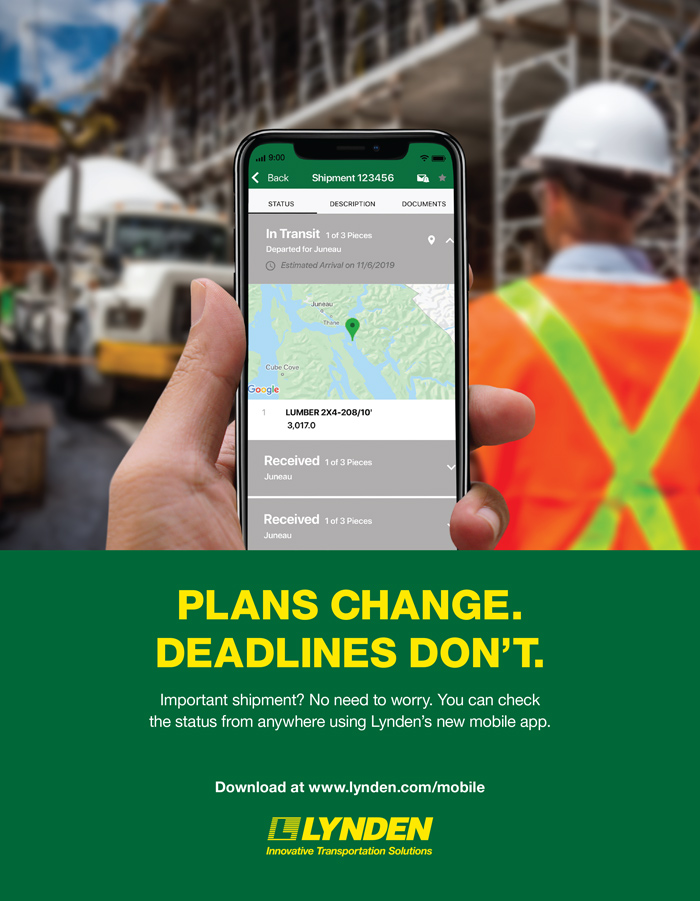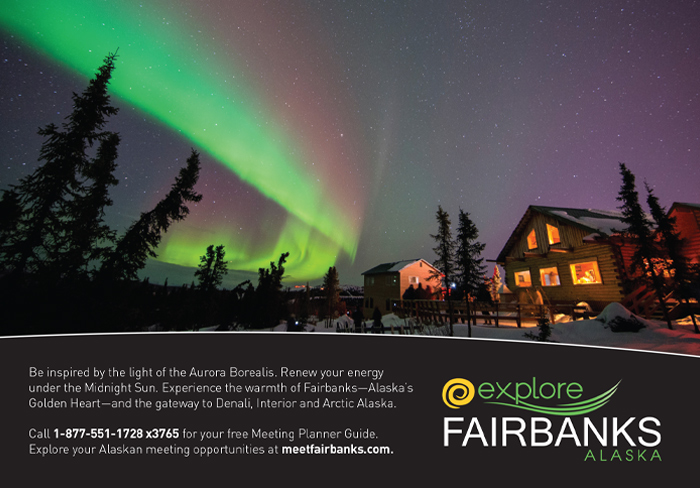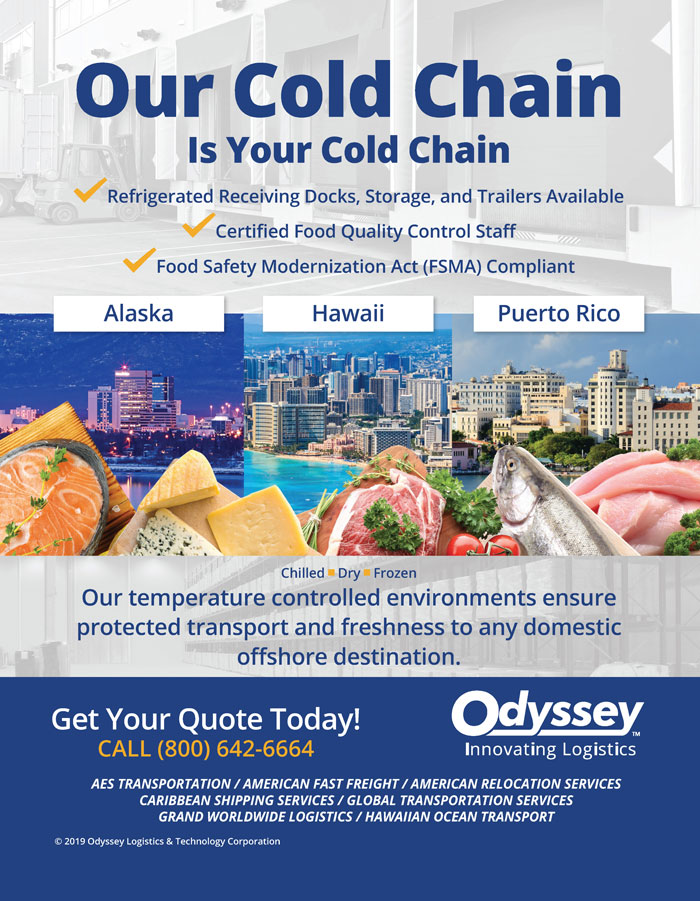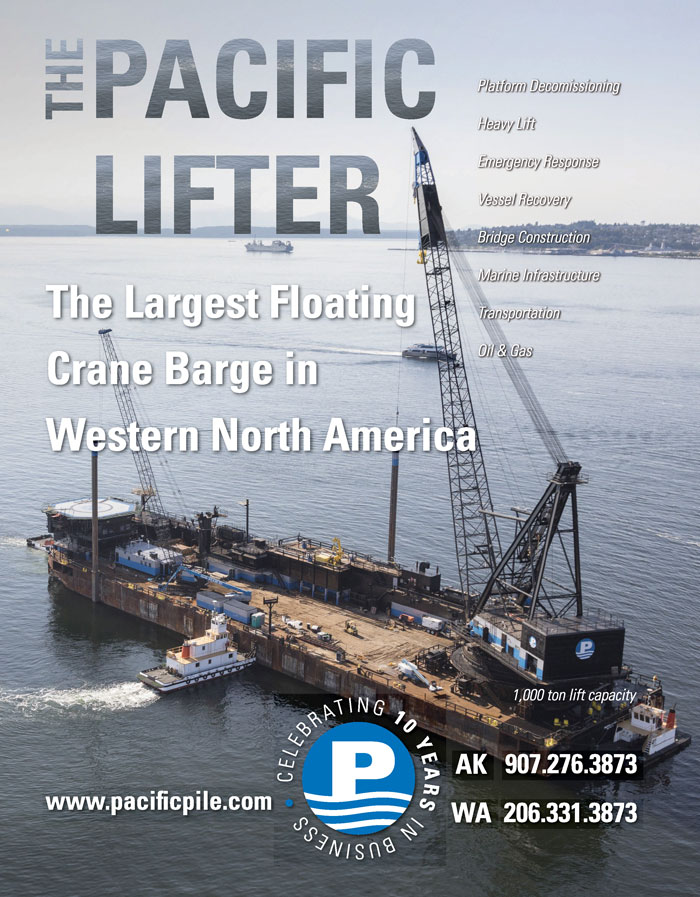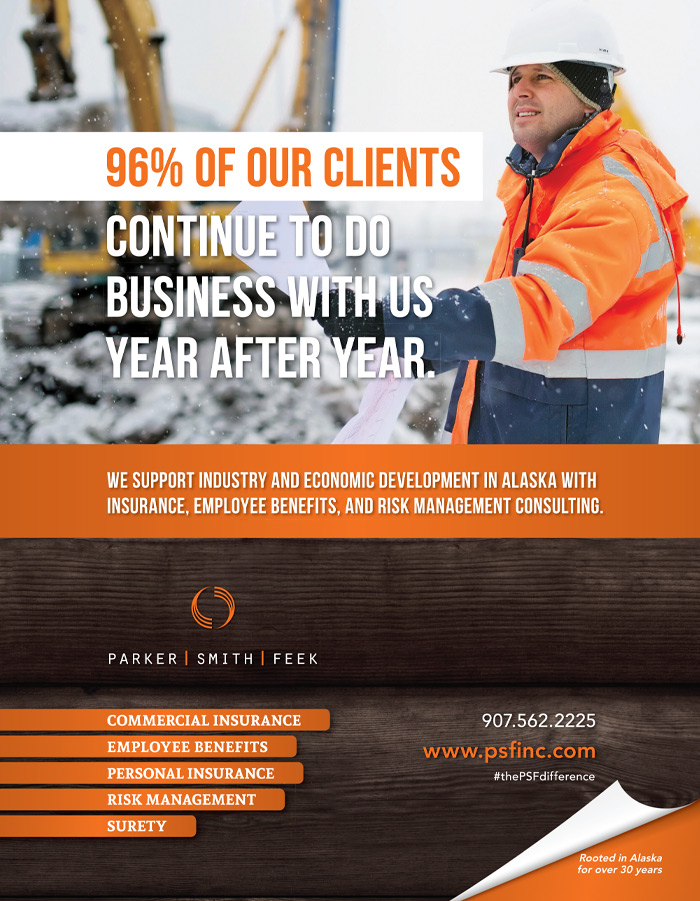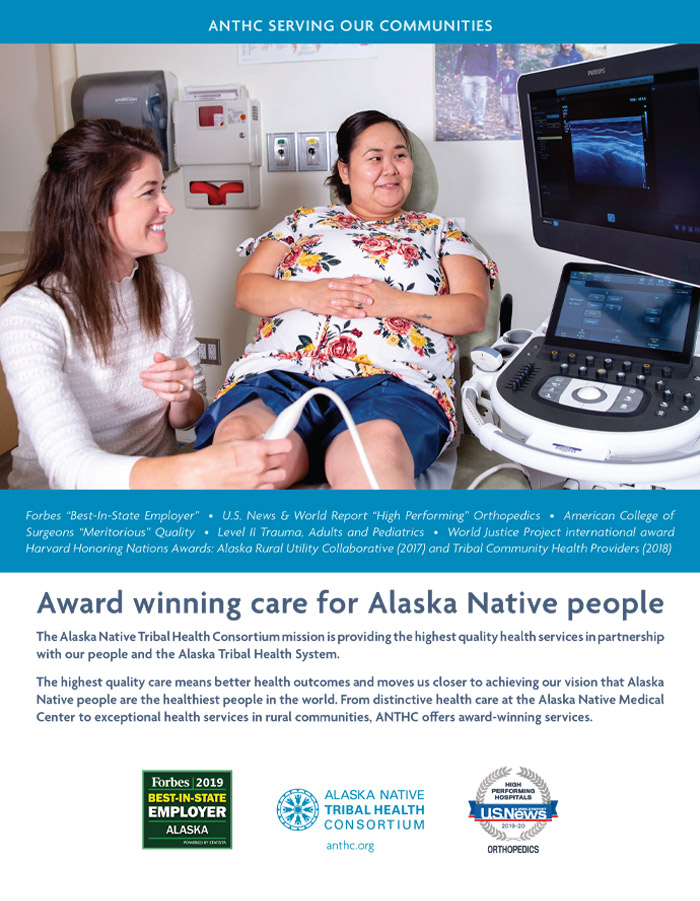Contents
Features
By Brad Joyal
Bison, Kayaks, and Natural Gas Platforms
By Vanessa Orr
2020 Conventions, Conferences, and Regional Meetings
By Vanessa Orr
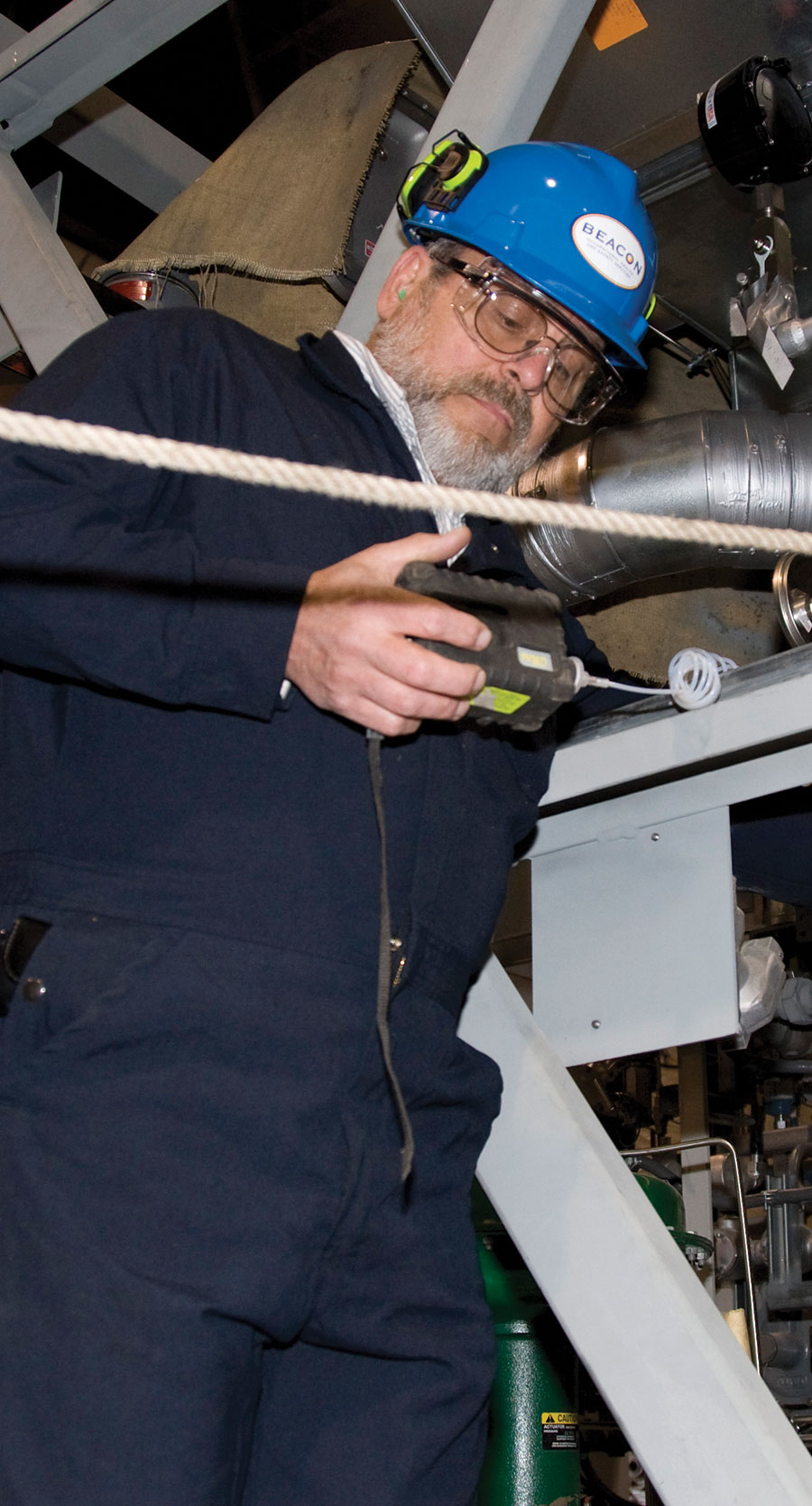
By Isaac Stone Simonelli
Alaska and Renewable Energy: A Missed Opportunity?
By Isaac Stone Simonelli
About The Cover
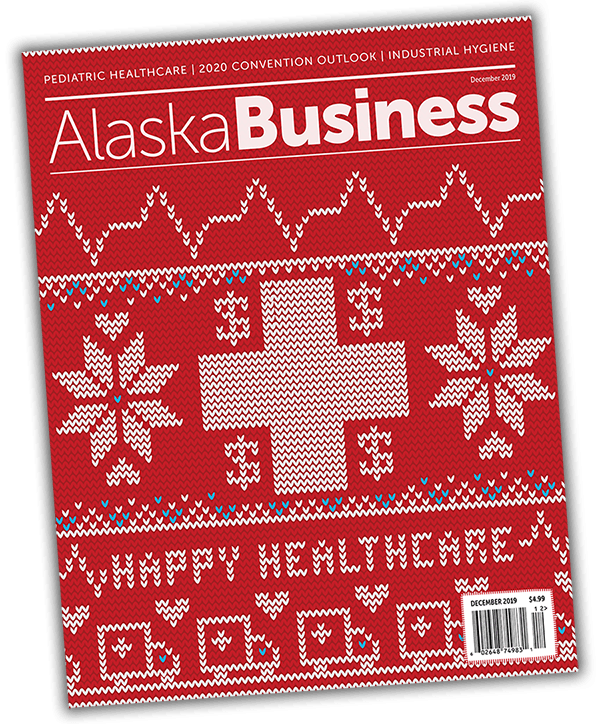 Happy Healthcare! It’s December, which means our annual Healthcare special section. There is no other business sector we cover that is as applicable to every Alaskan (though fishing is clearly a close second). There are many obstacles that prevent Alaskans from having access to the care they need, ranging from transportation to cost to the availability of specialized services; however, the dedication of the individuals and organizations within the Alaska healthcare system is more than a match for many of those obstacles. Alaska is still very much a rugged place, full of the unexpected—but through the industry’s hard work, healthcare in the Last Frontier continues to become more robust and reliable.
Happy Healthcare! It’s December, which means our annual Healthcare special section. There is no other business sector we cover that is as applicable to every Alaskan (though fishing is clearly a close second). There are many obstacles that prevent Alaskans from having access to the care they need, ranging from transportation to cost to the availability of specialized services; however, the dedication of the individuals and organizations within the Alaska healthcare system is more than a match for many of those obstacles. Alaska is still very much a rugged place, full of the unexpected—but through the industry’s hard work, healthcare in the Last Frontier continues to become more robust and reliable.
Alaska and Renewable Energy: A Missed Opportunity?
By Isaac Stone Simonelli
By Brad Joyal
Bison, Kayaks, and Natural Gas Platforms
By Vanessa Orr
2020 Conventions, Conferences, and Regional Meetings
By Vanessa Orr

By Isaac Stone Simonelli
About The Cover
 Happy Healthcare! It’s December, which means our annual Healthcare special section. There is no other business sector we cover that is as applicable to every Alaskan (though fishing is clearly a close second). There are many obstacles that prevent Alaskans from having access to the care they need, ranging from transportation to cost to the availability of specialized services; however, the dedication of the individuals and organizations within the Alaska healthcare system is more than a match for many of those obstacles. Alaska is still very much a rugged place, full of the unexpected—but through the industry’s hard work, healthcare in the Last Frontier continues to become more robust and reliable.
Happy Healthcare! It’s December, which means our annual Healthcare special section. There is no other business sector we cover that is as applicable to every Alaskan (though fishing is clearly a close second). There are many obstacles that prevent Alaskans from having access to the care they need, ranging from transportation to cost to the availability of specialized services; however, the dedication of the individuals and organizations within the Alaska healthcare system is more than a match for many of those obstacles. Alaska is still very much a rugged place, full of the unexpected—but through the industry’s hard work, healthcare in the Last Frontier continues to become more robust and reliable.Departments
Healthcare Special Section
By Amy Newman
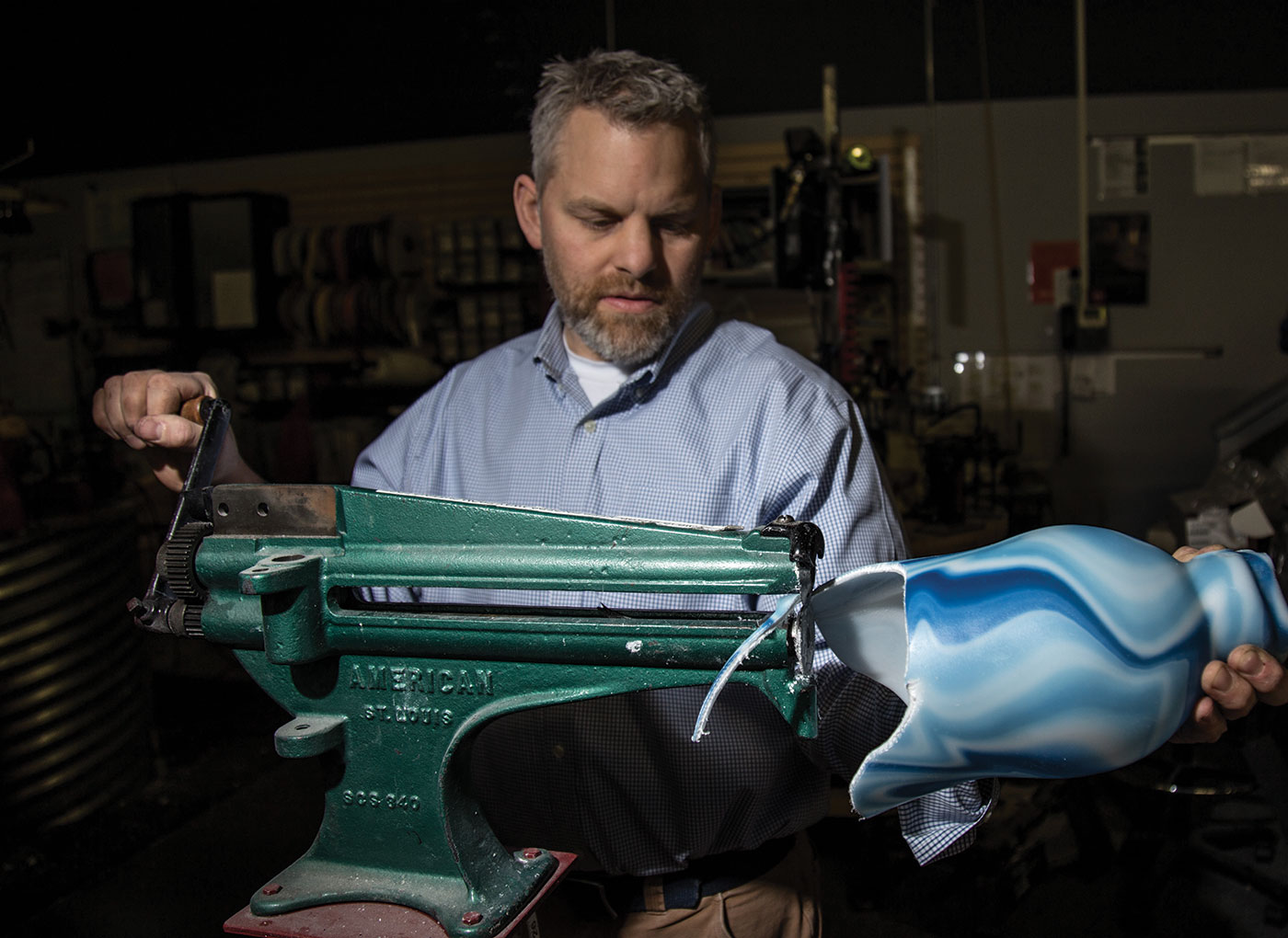
By Amy Newman
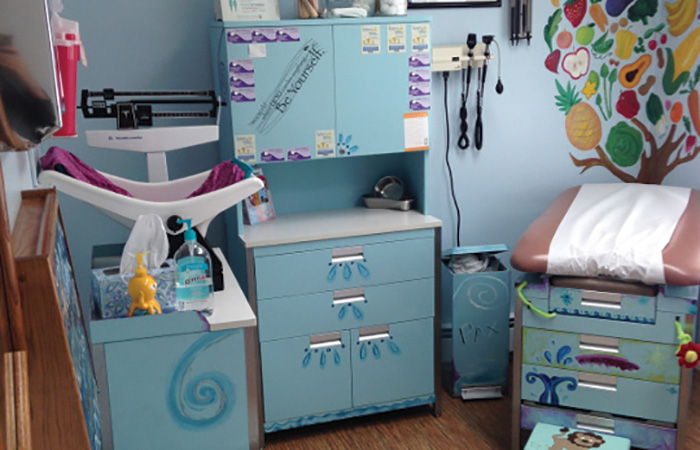
By Isaac Stone Simonelli
By Sam Davenport
By Sam Davenport

By Isaac Stone Simonelli
By Sam Davenport
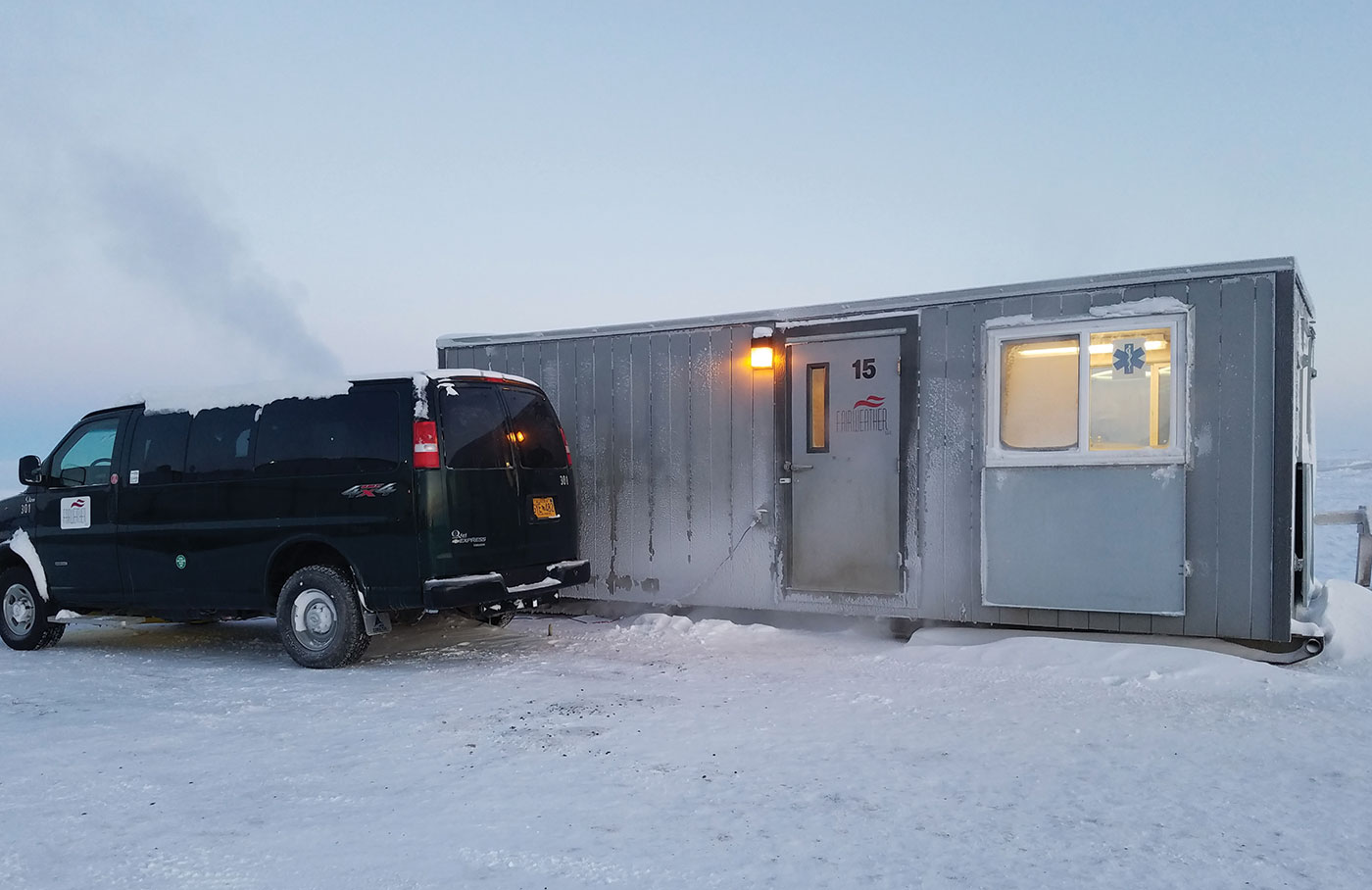
By Sam Davenport

Publishing Co. Anchorage, Alaska
Judy Patrick
Kerry Tasker
Billie Martin
Toll Free: 1-800-770-4373
(907) 276-4373
www.akbizmag.com
Press releases: press@akbizmag.com
From the Editor
I can’t think of a place I’d rather be in winter than Alaska. It truly is a wonderland, I mean, Mr. and Mrs. Claus live just a plane ride from our offices. But with the good always comes the not-so-good, in this case colds, flus, even pneumonia and general malaise from long, dark days. For most of us, a few days in bed are enough to get back on our feet and into the frosty air. For others, a trip to the family doctor will do the trick. But for those without or with limited insurance, finding a solution to illness (physical and emotional) doesn’t come easy. Even at the best of times health insurance is a complicated and confusing system—especially in Alaska, which has the highest healthcare costs in the country.
And while we celebrate the great parts of living in Alaska (even with the flu) during the holiday season, we also recognize there are many businesses that struggle to offer health insurance to their employees. The average cost for the lowest-priced small business health insurance plan in Alaska is about $715 per employee each month, according to Healthcare.gov, meaning that providing healthcare benefits for employees often comes at the cost of the employer’s ability to branch out, invest, or even insure themselves.
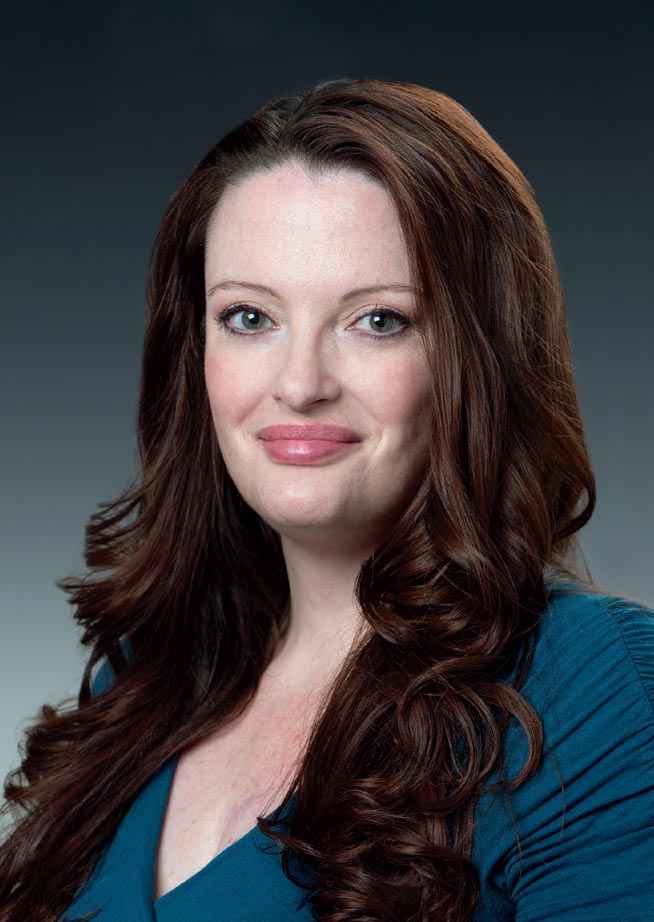
Kathryn Mackenzie
Managing Editor, Alaska Business

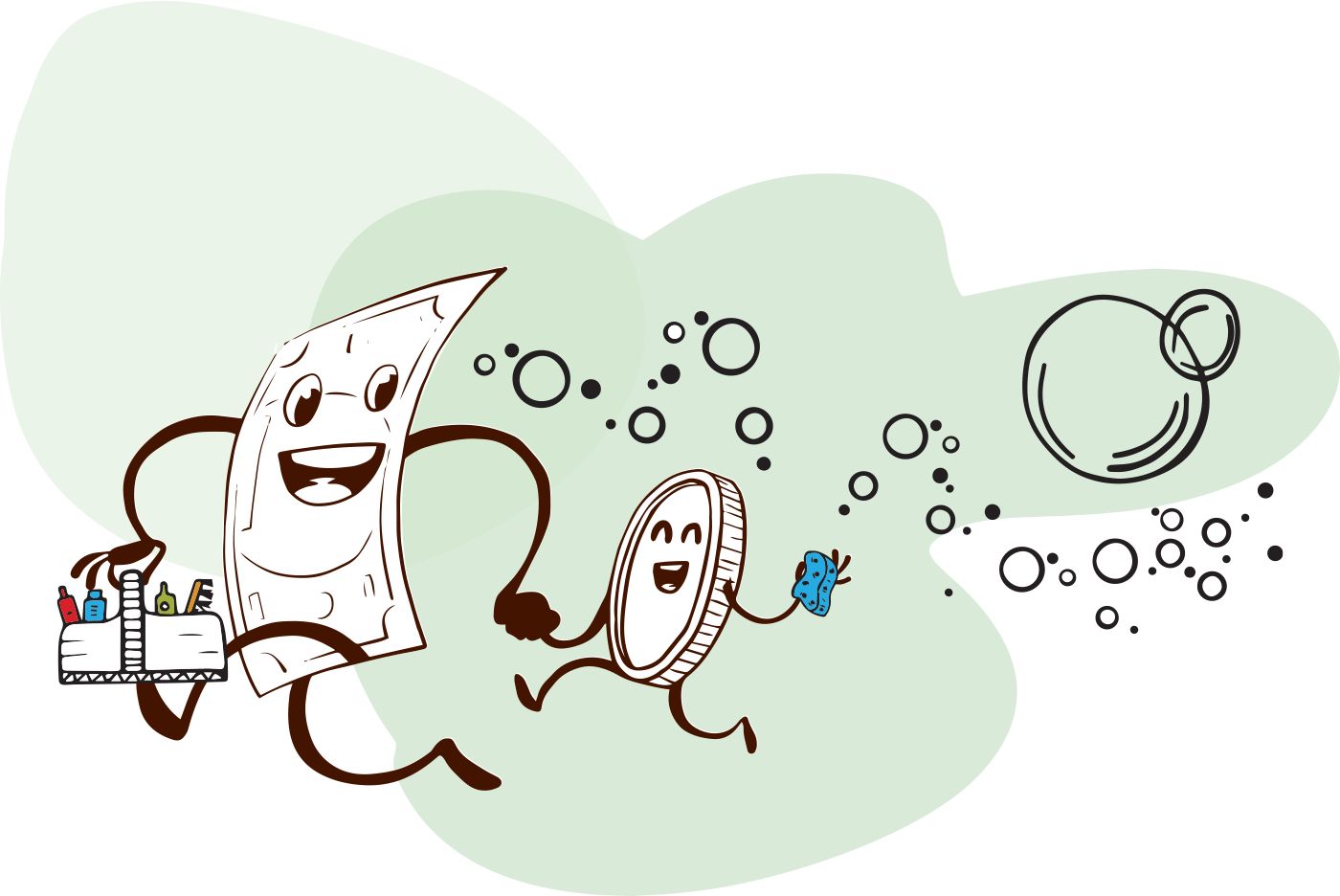
positive credit history is a vital component of being a consumer in today’s financial world. Credit affects one’s ability to secure loans, credit cards, housing, auto insurance, and even employment. For those who need it, credit improvement services offer solutions that can help people enhance their credit history and financial well-being, offering a welcome reprieve from the no-upon-no consumers with spotty credit get used to hearing when applying for everything from car loans to credit cards.


positive credit history is a vital component of being a consumer in today’s financial world. Credit affects one’s ability to secure loans, credit cards, housing, auto insurance, and even employment. For those who need it, credit improvement services offer solutions that can help people enhance their credit history and financial well-being, offering a welcome reprieve from the no-upon-no consumers with spotty credit get used to hearing when applying for everything from car loans to credit cards.

Big changes could be in store for far north communities
By Brad Joyal
Construction
Big changes could be in store for far north communities
naktuvuk Pass, Atqasuk, Kaktovik, Nuiqsut, Point Hope, Point Lay, Utqiaġvik, and Wainwright account for the overwhelming majority of the North Slope Borough’s 9,000 permanent residents, but aside from Nuiqsut, which can be accessed by the Dalton Highway for four months of the year, the remaining Arctic communities are removed from the rest of the state.
That may change in the future, creating new possibilities for the state’s Arctic infrastructure.
According to Jeff Currey, Department of Transportation and Public Facilities’ (DOT&PF) Northern Region materials engineer, the North Slope may undergo changes that would see new road systems brought to the Arctic.
laska has some of the best renewable energy resources in the world, according to Renewable Energy Alaska Project Founder and Executive Director Chris Rose. Yet the current lack of a domestic energy policy, transmission costs, and the isolation of more than 200 communities create a challenging environment in which to develop those resources and bring them to market.
“Alaska has no domestic energy policy focused on how Alaskans are going to reliably and affordably produce and consume energy. In an energy-constrained world increasingly concerned with climate change, this is a handicap,” Rose says.
“Places around the globe that are seeing that local, clean, stably-priced, and inexhaustible renewable energy is the future are going to be the most prosperous places to be, and the ones that will attract the most outside investment. With as many renewable energy resources that Alaska has, the state should be actively working to seize the opportunity we have to keep money in local economies, create jobs, and be less dependent on volatile world fossil fuel prices.”
Alaska’s
Smallest
Patients
he bimodal nature of our state’s healthcare system, pressure on pediatric specialists, and the rugged nature of the state are all challenges facing pediatricians who practice in Alaska.
“The way I heard it when I was a student was most healthcare providers walk into the pediatric floor and think it’s the saddest part of the hospital, right? Because there are sick kids,” says Dr. Monique Child of Polar Pediatrics. “Some of us walk in there and go: this is the best part—there are popsicles and stickers and kids get better.”
Child points out that unlike many instances in adult medicine, children’s bodies seem determined to heal themselves.
Medicaid
edicaid was enacted by the federal government in 1965 to pay for certain healthcare services for low-income families with dependent children and the aged, blind, and disabled. Though federally mandated, states share the cost of the program with the federal government, and each state creates and manages its own Medicaid plan, subject to federal approval.
Over time the program has grown to include more than fifty mandatory and optional eligibility groups; Medicaid expansion in 2015 further increased the number of Alaskans eligible for Medicaid. According to the Alaska Department of Health and Social Services, which administers the state plan, Alaska’s.
Medicaid
edicaid was enacted by the federal government in 1965 to pay for certain healthcare services for low-income families with dependent children and the aged, blind, and disabled. Though federally mandated, states share the cost of the program with the federal government, and each state creates and manages its own Medicaid plan, subject to federal approval.
Over time the program has grown to include more than fifty mandatory and optional eligibility groups; Medicaid expansion in 2015 further increased the number of Alaskans eligible for Medicaid. According to the Alaska Department of Health and Social Services, which administers the state plan, Alaska’s.
n Alaska’s isolated North Slope—more than 650 miles from Anchorage via airplane—thousands of individuals work in the oil and gas industry. While many of those employees have their medical needs covered by their employers, what happens if someone gets hurt or sick? How do the nearly 10,000 people who reside within the North Slope Borough’s boundaries receive medical care?
Beacon Occupational Health and Safety Services has ten remote medical locations across the North Slope; six are accessible by car and three are situated on islands, accessed by ice roads in the winter and marine vessels in the summer. The tenth location is only accessible by plane.
uardian Flight Alaska’s mission is “to provide safe, compassionate, and efficient air medical transportation,” across Alaska, including Southeast, Southcentral, Western Alaska, the Aleutian Chain, and the Arctic, a region the company expanded into in 2018 when it established a base in Deadhorse. “We’ve been up there just over a year now… we weren’t sure about the demand, but the demand has been pretty steady throughout the entire year. We are pleased that we made the decision to start operating on the North Slope,” reports Guardian Flight Alaska Executive Director Jared Sherman.
He says Guardian Flight Alaska expanded to North Slope operations to better service the people there. Weather on the North Slope can significantly delay transportation, and the delay is even longer when a plane needs to first fly from Fairbanks to reach the patient. “[If] we are on site [on the Slope], we have a lot better opportunity to get out because you’re not projecting the weather three or four hours out; when you get the window of good weather, you can leave then.”
n September, US Congressman Don Young announced that $18 million in Health and Human Services grants would be dispersed to Alaska healthcare organizations and services around the state.
“Our state’s unique geography can present many roadblocks when it comes to the delivery of essential healthcare services,” Young said in a September press release. “Time and time again Alaska’s healthcare providers have been able to rise to the occasion to deliver high-quality care in our cities, rural areas, and Native communities.”
Some grants will fund specific projects and initiatives while others will continue ongoing programs. Other grants will open doors for more opportunities in urban and rural Alaska, such as new job positions or virtual medical assistance.
Beacon Occupational Health and Safety Services
igned into law by Richard Nixon in 1970, the Occupational Safety and Health Act (OSHA) was designed to ensure employees work in an environment free from toxic chemicals, temperature stress, mechanical dangers, excessive noise levels, and other hazards. But in Alaska’s oil and gas industry, OSHA safety standards are considered a low bar, with many companies opting to adhere to much stricter safety guidelines of their own making.
ransportation companies in Alaska are used to facing all sorts of challenges, from tricky weather and remote locations to short delivery windows—but no matter the obstacle or the cargo, they take great pride in getting things where they need to go.
Case in point: a few years ago, Matson found itself moving a more traditional form of transportation. An Alutiiq kayak, estimated to be built in or before 1869, was discovered in storage at Harvard’s Peabody Museum. The museum agreed to loan the forty-pound, split-prow kayak (created with humpback whale sinew, hair, wool yarn, wood, plant fiber cordage, and spruce root) to the Alutiiq Museum in Kodiak for a period of ten years—the only problem was getting it there.
Kathleen Bonnar | Visit Anchorage
Kathleen Bonnar | Visit Anchorage
he visitor industry in Alaska encompasses more than seasonal travelers viewing wildlife, exploring the wilderness, or taking in local culture. There are a large number of visitors who come to work, attending meetings and conferences and boosting the economy even though they may not participate in traditional tourism activities.
While 2019 was a good year for conventions and meetings in the Last Frontier, 2020 looks to be strong as well. And this is especially important, considering that these functions help contribute to the state’s bottom line outside of the summer season.

t is the sneaking suspicion of the Alaska Business editorial team that many of our readers are aware of where they can purchase a cup of coffee. And even if you are one of those few Alaskans who don’t already have a favored coffee stop, one of the bounties of the Last Frontier is an abundance of convenient drive-through coffee huts located (seemingly) every few blocks in Alaska’s urban areas. So the following list is really a celebration of Alaska’s unique coffee culture that we have built together, one achingly-frigid-morning-when-you-don’t-want-to-get-out-of-your-car-for-anything at a time.
Anchorage-based Aftershock Espresso has sit-in and drive through options and a new ownership team as of March. facebook.com/aftershockespresso/
t is the sneaking suspicion of the Alaska Business editorial team that many of our readers are aware of where they can purchase a cup of coffee. And even if you are one of those few Alaskans who don’t already have a favored coffee stop, one of the bounties of the Last Frontier is an abundance of convenient drive-through coffee huts located (seemingly) every few blocks in Alaska’s urban areas. So the following list is really a celebration of Alaska’s unique coffee culture that we have built together, one achingly-frigid-morning-when-you-don’t-want-to-get-out-of-your-car-for-anything at a time.
Anchorage-based Aftershock Espresso has sit-in and drive through options and a new ownership team as of March. facebook.com/aftershockespresso/
Black Cuppushes inDecation in coffee and espresso at its midtown café, which it bills as “cozy, friendly, and a perfect place to meet.” blackcupak.com
Dark Horse Coffee is located in downtown Anchorage and focuses on a warm, comfortable atmosphere. darkhorsecoffee.com
Heritage Coffee Roasting Co. as been operating for more than twenty-five years, serving Juneau residents and visitors from seven locations, including two drive-through coffee huts. heritagecoffee.com
Jitters serves locally-roasted coffee at its Eagle River location, which opened in 1994 and features a convenient drive through. jitterseagleriver.com
Local-roaster Kaladi Brothers Coffee has several standalone locations in Anchorage, Soldotna, Wasilla—and one on Pike Street in Seattle—as well as kiosks in business locations such as Title Wave, Rustic Goat, and New Sagaya. And a Kaladi Brothers location is coming soon to the newly refreshed Midtown Mall. kaladi.com
McCafferty’s downtown Fairbanks location roasts its coffee in house and features live music by Sand Castle on the weekends. facebook.com/McCaffertysCoffeeHouse/
Sleepy Dog Coffee is an espresso café and coffee roaster in Eagle River that also sells its beans wholesale. facebook.com/sleepydogcoffee/
SteamDot has three locations in Anchorage; its flagship café is known as “The Lab” and features a “pour over” bar. SteamDot roasts beans daily to provide the freshest coffee possible. steamdot.com
In Wasilla, Keely’s Coffee House has a drive through and a dining space and just recently came under new ownership. facebook.com/keelyscoffeehouse/

ere’s the thing: there may be those of us who plan our holiday shopping far ahead of time, stashing exactly the right gifts away months in advance, never worrying about if something is in stock or if the gift is exactly right. If you aren’t one of those twenty people, below we’ve compiled a list of holiday shopping opportunities, most of which are platforms for local artists and craftspeople to sell unique items made with love and care. So don’t say to yourself it’s last-minute shopping—instead contemplate how if you didn’t wait until mid- to late-December, you might not have been able to find exactly the right thing made locally. Really, this was your plan all along.
CIRI Annual Holiday Craft Bazaar
This annual bazaar at the Fireweed Business Center features more than sixty Alaska and Indian Native artists selling a range of items including hand-woven baskets, mukluks, kuspuks, ivory carvings, beadwork, and jewelry. There’s also a silent auction to benefit Cook Inlet Tribal Council’s Gift Basket program, which provides gift cards to low-income families to purchase holiday presents for their children and hosts a holiday celebration.

7
Annual Gingerbread House Contest
From 9:30 a.m. to 4 p.m., the public is invited to the Carlson Center to view entries in the Gingerbread House Contest, now in its 36th year. Winners are determined by viewer voting, and winners of each of the six divisions win a prize, with an overall grand champion selected by the Fairbanks Daily News-Miner Gingerbread House Committee.
7-22
cyranos.org
17
anchoragemarkets.com
wtcanc.org
alasbo.org
alaskagiftshow.com
alaskabeeclub.com
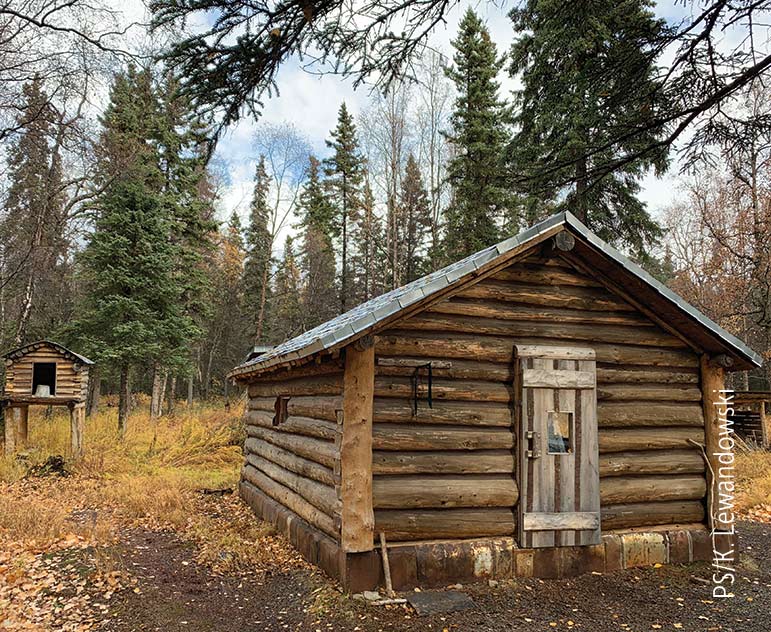
nps.gov/lacl/index.htm
 Richard Strutz is serving as interim CEO for Sitnasuak Native Corporation (SNC). Strutz previously served as the corporation’s CEO from April 2015 to May 2017. Previous to SNC, Strutz had a forty-three-year career at a financial institution and spent twenty of those years as the company’s chief executive in Alaska. In recognition of his business accomplishments, he was inducted to the Junior Achievement of Alaska’s Business Hall of Fame in 2017.
Richard Strutz is serving as interim CEO for Sitnasuak Native Corporation (SNC). Strutz previously served as the corporation’s CEO from April 2015 to May 2017. Previous to SNC, Strutz had a forty-three-year career at a financial institution and spent twenty of those years as the company’s chief executive in Alaska. In recognition of his business accomplishments, he was inducted to the Junior Achievement of Alaska’s Business Hall of Fame in 2017.
Alaska Trends
52,000 loans were made nationally totaling $23.17 billion.
Nancy Porzio, Director, SBA Alaska District
At a Glance
A Fine and Pleasant Misery by Patrick F. McManus. He’s a humorist. It kind of reminds me of me and some of the kids I used to hang around with when I was growing up.
What movie do you recommend to everyone?
The Revenant—I thought that was done really well and had a lot of different things going for it. And the bear attack was very well done. That’s how I imagine something like that would go.
What’s the first thing you do after work?
I usually change my clothes and go out into the garage. I make things. Some crafty, some artsy. That’s how I wind-down.
If you couldn’t live in Alaska, where would you live?
Definitely by the water, possibly tropical, but definitely on saltwater.
If you could domesticate a wild animal what animal would it be?
Maybe a snow leopard. I know it’s not possible, but in a dream world, snow leopards. They’re not too big, usually not too much over 100 pounds. They are one of the most gorgeous cats in the world. And they are cats, so you’re pond scum to them and they rule the world [he laughs].
At a Glance
A Fine and Pleasant Misery by Patrick F. McManus. He’s a humorist. It kind of reminds me of me and some of the kids I used to hang around with when I was growing up.
What movie do you recommend to everyone?
The Revenant—I thought that was done really well and had a lot of different things going for it. And the bear attack was very well done. That’s how I imagine something like that would go.
What’s the first thing you do after work?
I usually change my clothes and go out into the garage. I make things. Some crafty, some artsy. That’s how I wind-down.
If you couldn’t live in Alaska, where would you live?
Definitely by the water, possibly tropical, but definitely on saltwater.
If you could domesticate a wild animal what animal would it be?
Maybe a snow leopard. I know it’s not possible, but in a dream world, snow leopards. They’re not too big, usually not too much over 100 pounds. They are one of the most gorgeous cats in the world. And they are cats, so you’re pond scum to them and they rule the world [he laughs].
Off the Cuff
atrick Lampi has been with the Alaska Zoo for the past thirty-three years. He got his start working nights as a zookeeper in 1986 when the zoo was much smaller. “The thing I liked about [that time] is the zoo would close at 6 p.m., even in the summer… so for the last few hours of the day it was just me at the zoo with the animals. It was very relaxing.” Lampi was promoted to curator in 1993 and to his current position of executive director in 2005. Being executive director is “not so zen,” he says laughingly, but interesting and important nonetheless.
“The zoo wouldn’t be here without the community. It’s a private nonprofit, but it’s a community zoo. It’s not just the city of Anchorage, the whole state is involved. We’ve taken in animals from every corner of the state and we’ve had kids come from every corner of the state…It’s a real pleasure to be a part of this team and watch it grow and evolve. It will be very interesting to see where it goes.”



